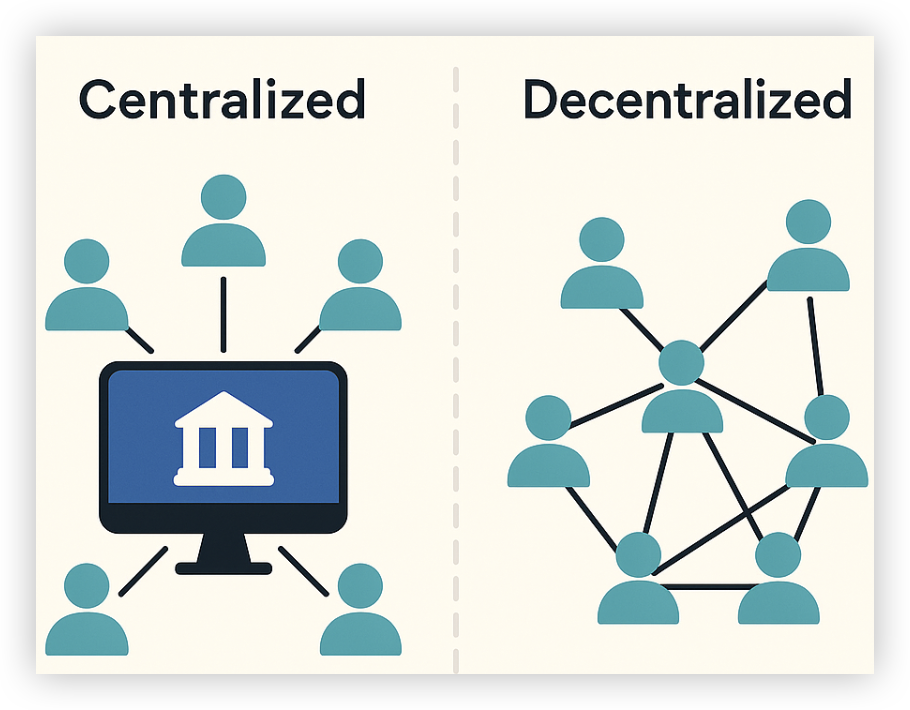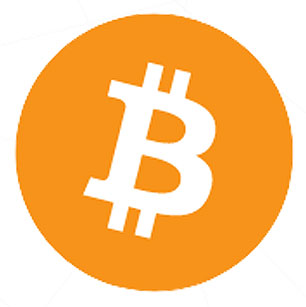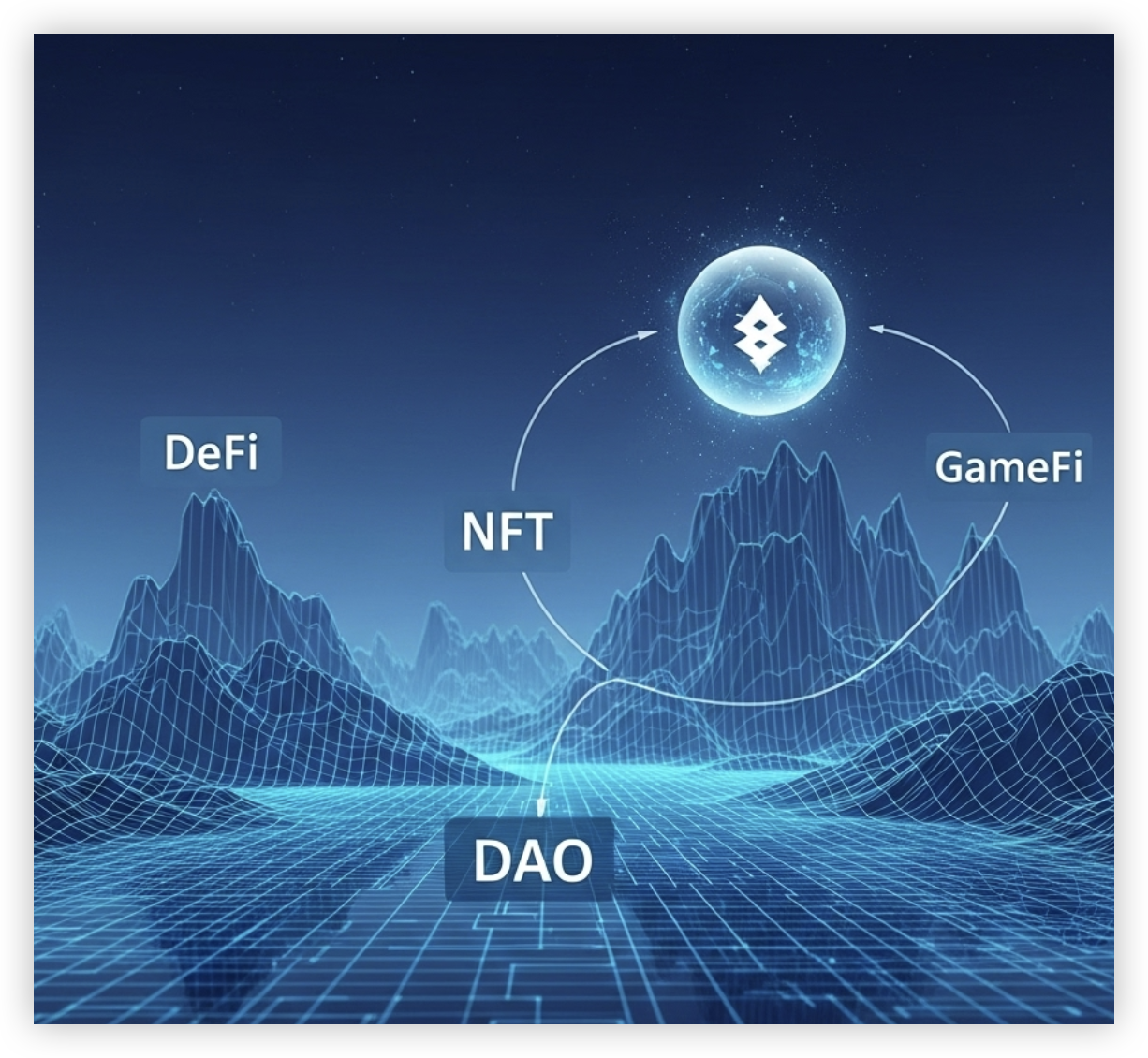🌐 Web3 Getting Started Guide
For Web2 developers, digital tech enthusiasts, and metaverse professionals interested in on-chain basics.
What is Web3?
Web3 is the next stage of the internet, with core ideas: decentralization, on-chain data, and user ownership.
In short: Web1 is read-only, Web2 is read-write, Web3 is read-write-own.
You can log in to websites with a Web3 wallet, no email/password needed, using cryptographic proof of identity.

What is a Wallet?
A wallet is your 'ID + bank card' in the Web3 world, used to manage assets, log in to DApps, and sign transactions.
Popular wallets include MetaMask (Ethereum), Phantom (Solana), available as browser extensions and mobile apps.

Blockchain Basics
A blockchain is a distributed ledger: all data is public, transparent, and immutable. Smart contracts are on-chain programs.
Main public chains: Ethereum, Solana, Polygon. Sidechains/Layer2 are for scaling.

On-chain Identity (DID)
DID (Decentralized Identity) lets you prove 'you are you' with a private key, not a platform account.
Compared to traditional login, DID needs no phone/email, is more private, and gives users control.

Web3 Application Types
Common Web3 apps include:
- DeFi (Decentralized Finance)
- NFT (Digital Collectibles)
- DAO (Decentralized Autonomous Organization)
- GameFi (Blockchain Gaming)

Recommended Dev Tools
Check out Ethers.js, wagmi, Thirdweb, etc. to quickly build Web3 DApps with JavaScript/TypeScript.
These tools have great docs and communities, perfect for Web2 devs.
Common Pitfalls & Security Tips
- Always store your seed phrase/private key offline. Never screenshot or upload to the cloud.
- Beware of phishing sites and fake wallet plugins.
- Never grant wallet access to unknown DApps.